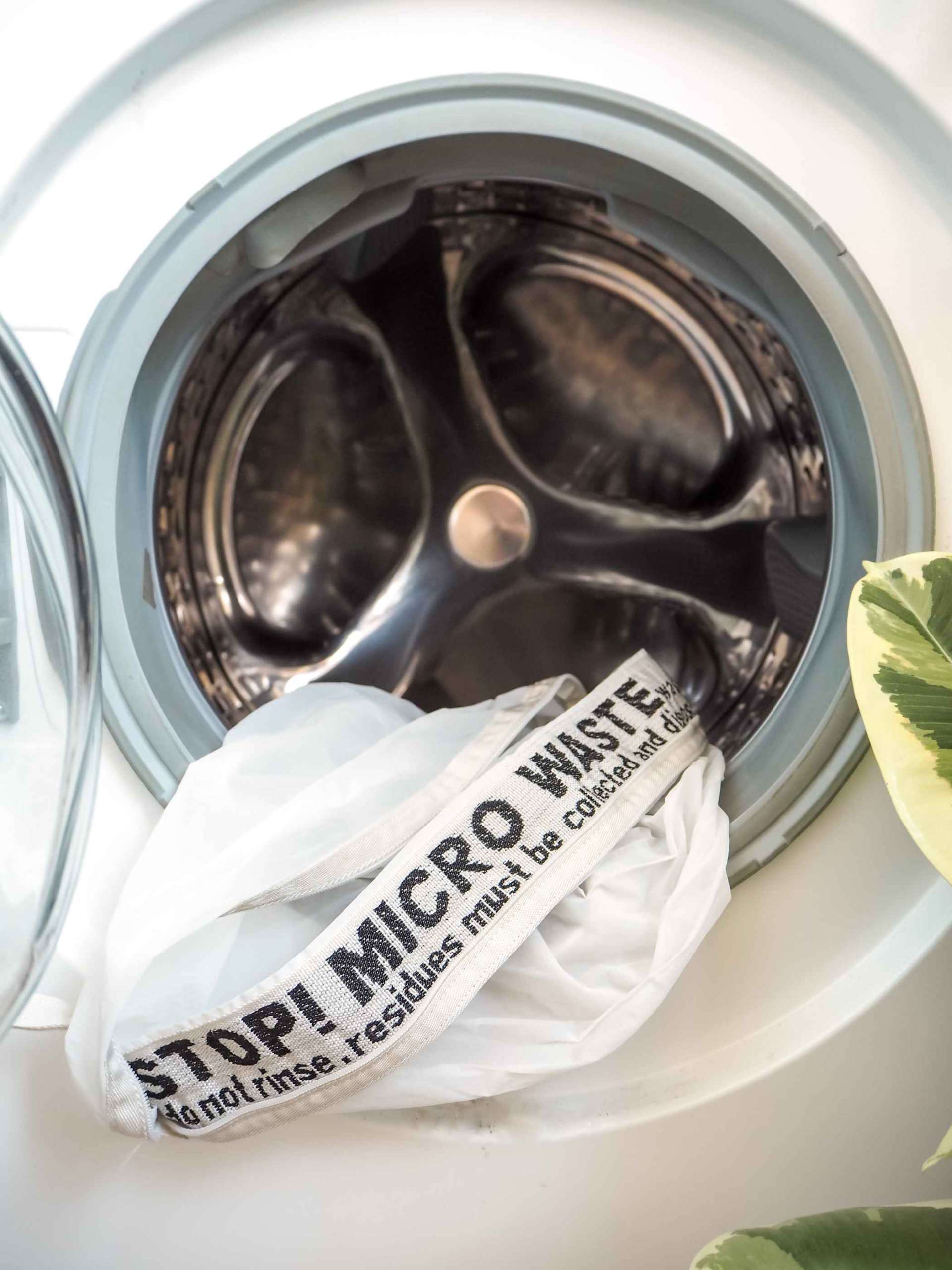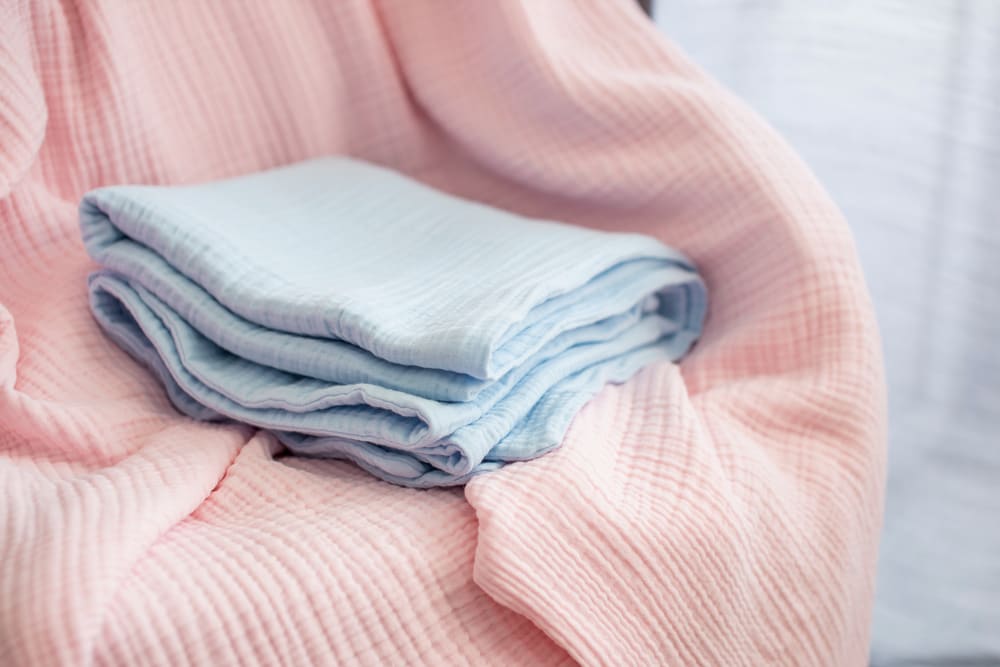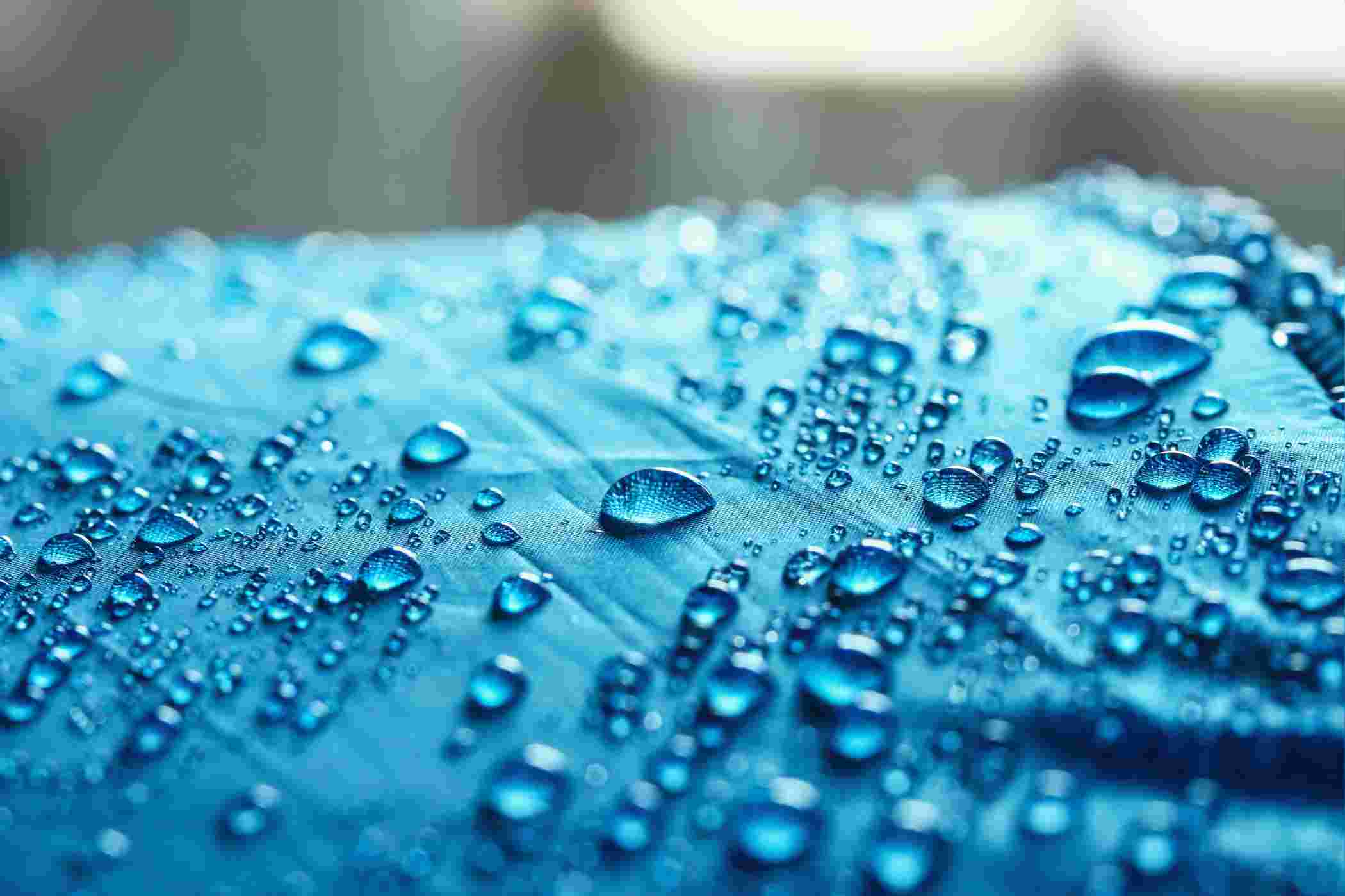Introduction To Different Types Of Clothing Material

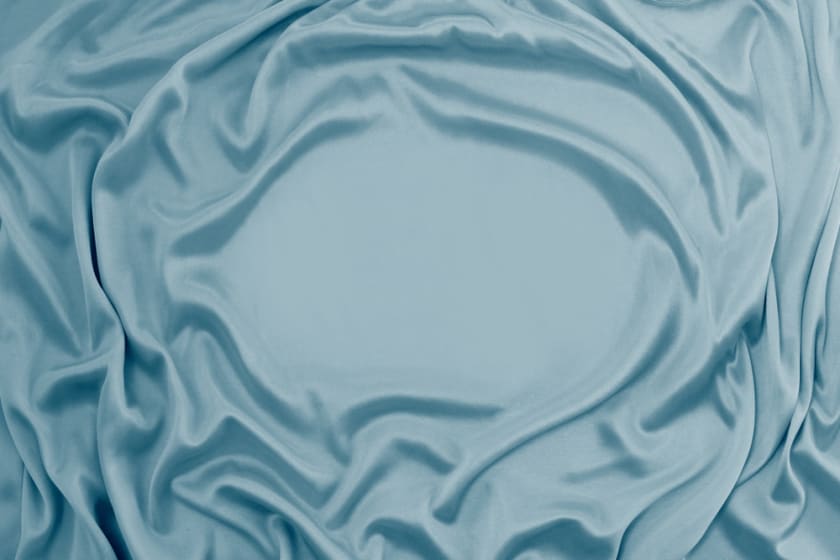

A person uses different clothing materials in their everyday lives. For a designer, fabrics are vital. Flax was one of the earliest natural cellulose fibres discovered. Flax plant stems contain this fibre. Cotton, linen, wool, & silk are all-natural and recyclable fibres found in abundance. Synthetic fibres were created because, while natural fibres served their purpose, each had its own set of limitations (such as shrinking and creasing). The first synthetic fabric created and disseminated in 1910 was a rayon designed to mimic silk.
So, let’s look at different types of clothing materials and how they’re used.
Fabrics are divided into two categories: natural fabrics & synthetic fabrics.
Natural Fabrics
These are the types of clothing materials manufactured from naturally occurring materials such as flora and fauna. Based on the component utilised to manufacture fibre, natural fabrics are further divided into cellulose-based, protein-based, and mineral-based. From among the different types of clothing materials available, we will discuss here cellulose-based and protein-based fabrics.
Cellulose-based fabrics
Textiles made of cellulose, a starch-like carbohydrate, are cellulose-based fabrics.
- Cotton
Cotton is a cellulose-based fibre manufactured from the seed hair of the cotton plant. It develops in the seedpod of cotton plants, which serves as a secure covering for the seeds. Cotton fibre is a puffy staple fibre that ranges from half to two inches. Cotton fibres are made up of concentric rings. The fibre's outer cellular layer can be separated from the fibre. It is made from wax and pectin-based ingredients.
Properties:
- Soft
- Strong but not overwhelming (affected by moisture)
- Absorb Water
- Inexpensive substance
- Breathable
- Heat
- No problem with wrinkles
- The drying time is extended
- Stiff and inelastic
- Exceptionally long lifespan
Uses:
- Patchwork projects are an excellent example of how to use this fabric.
- It can also be used for developing light-weight clothing (such as button-up shirts, dresses, socks, t-shirts, bedsheets).
- It is ideal for heavy-duty stitching.
- Kapok
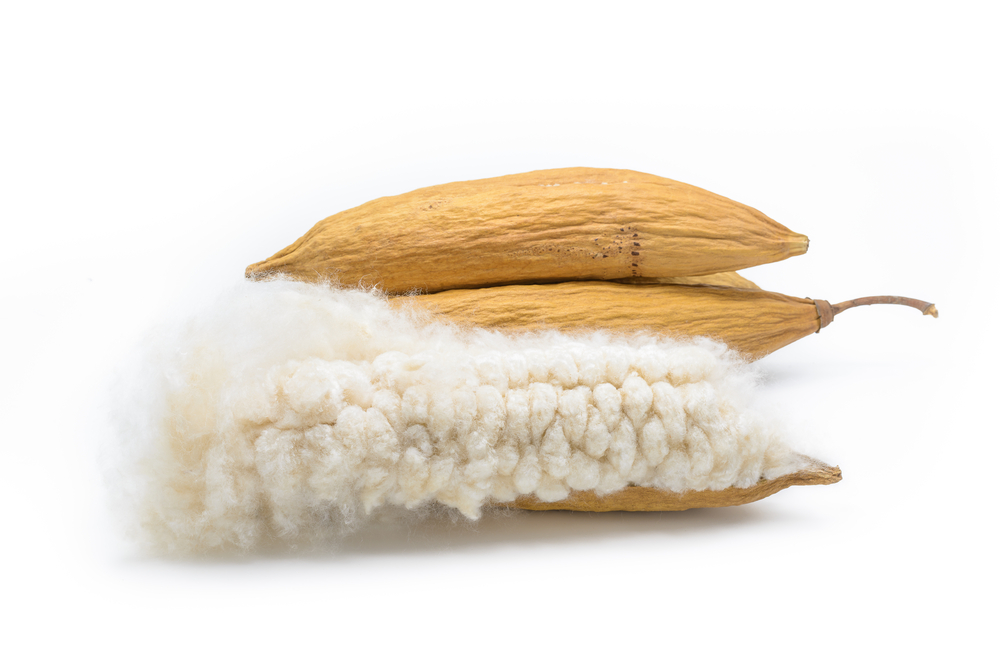
Kapok is the tree’s name. Java cotton or silk cotton are other names for kapok fibre. Kapok fibre is derived from its seed hair, just as cotton-like fluff is extracted from its seeds. This fibre is made up of lignin (a woody plant component) and cellulose (a carbohydrate) and is yet another example of different types of clothing materials.
Properties:
- Moisture-resistant
- Quick drying
- Durable
- Floating fibre
- Inelastic and brittle
Uses:
- It is used for stuffing purpose such as filling pillows or mattresses.
- It can be used for upholstery.
- It can also serve as an insulation material.
- Hemp
Hemp is a high-yielding herbaceous plant that produces a super fibre for preparing different types of clothing materials. Cannabis Sativa fibre is used to make hemp fabric.
Properties:
- Long life expectancy
- Strong
- lighter weight
- Absorbent
- Resilient environment-friendly
- Non-irritant
- Strong
- Softens with time
Uses:
- Hemp can be used for heavy lifting and tugging ropes.
- It can also be used as cables of commercial quality
- Flax
Often known as linseed, flax is a seed used to make linen and is an ingredient for making different types of clothing materials. Inside the flax plant's stalks, cellulose fibres grow. A person should be aware of the many types of linen available depending on their needs.
Properties:
- Conductivity is high
- Smooth, lint-free
- A lack of flexibility
- Creasing
- When washed, it becomes softer
- Absorbing with a high natural lustre
- Wrinkles
Uses:
- It has high aesthetic appeal and is, thus, in the decorating industry (for example, wall art, upholstery, and window treatments).
- It is used to develop fabrics for the bedroom and bathroom (such as tablecloths, bath towels, dish towels, bedsheets).
- Suits, gowns, slacks, shirts, and handkerchiefs made from flax are all available.
- The design can also include canvases, baggage, and embroidery floss.
- It is used for artwork, especially for oil painting.
- Jute
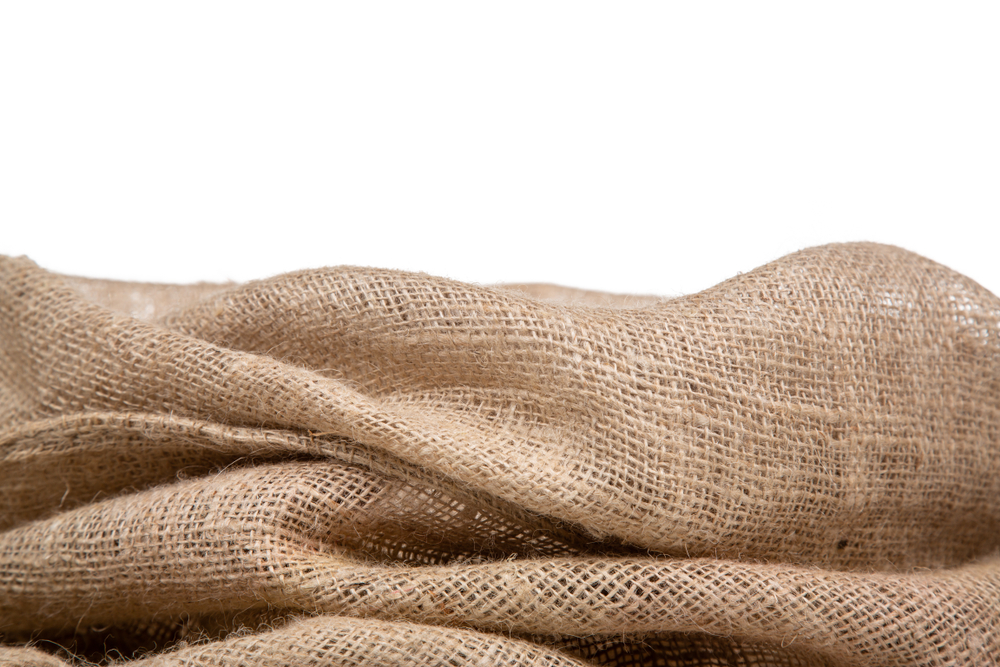
Identical to hemp and many other different types of clothing materials, flax is a vegetable fibre made of lignin and cellulose extracted from bast. Jute fibre is a soft, long, and lustrous fibre that ranges in length from one to four metres.
Properties:
- Homogeneity
- Powerful threads
- Long, smooth, shiny, lustrous
- Uniformity
- Affordability (second to cotton)
- Adjustable
- Renewable
- Insulation from sound and heat
- Bulkiness
- Heat transfer is low
- Anti-static
- High cash value
Uses:
- It can easily be used to create furniture.
- It can also be used to prepare ropes.
- It can be used as apparel.
- Ramie
Ramie is also known as China grass. It has gums and pectin in its bark, which create fibres for different types of clothing materials. It resembles linen in appearance.
Properties:
- Tensile resistance
- Lustrous sheen
- With time, it softens and mixes with wool, cotton, and silk to keep its shape.
- Machine washable with less creasing
- Brittle and stiff
- Weaving yarns is one of its applications.
Uses:
- Weaving
- Clothes (such as shirts and shorts, napkins, handkerchiefs, and tablecloths)
- Sweaters are made of a cotton mix.
Protein-Based Fabric
Animal materials include materials such as hair and wool. These are processed into items such as silk, wool, and even feathers.
Staple: Contrary to the filament, such fibres have defined lengths and are not seamless.
Staple Hair: It is a specialised hair fibre derived from Camel's species genus.
- Alpaca:
Alpacas are a camel native to South America. Different types of clothing materials from Alpaca cloth by processing its hair, which contains protein. Huacaya is a kind of alpaca that produces sponge, soft fibre. It has an inherent crimp, giving it an inherently flexible fabric that is excellent for sewing. Suri has no twist, making it easier to knit.
Properties:
- Light or heavy (depends on spun)
- Hot water resistant
- Gentle
- Resilient
- Sensual
- Allergen-free
Uses: Knitting sweaters, beds, caps, mittens, shawls, mittens, jumpers, carpets, toys, and as a liner for clothing
- Camel
There are two kinds of fur on it: protection hair and underlying hair. The rough, stiff protective outer fur is known as guard hair. Guard hairs are used to weave hair cloths. The undercoat is more insulated than the guard's hair because it is shorter and finer. It is extremely soft and is widely utilised in producing different types of clothing materials like coat fabrics.
Properties:
- Warm
- Pricey
- Smooth
- Robust
- Resplendent
- Light
- Chemically reactive
Uses:
- Coats
- Coats, jackets, and other apparel are available.
- Rugs from the Far East
- Coatings for Fabrics
- Pantyhose
- Yarn for Sweaters
- Blanket
- Scarf, gloves, and sweaters
- The textile used in industry
- Cashmere
Cashmere is a kind of wool. Cashmere fibre is made from the fur of cashmere goats. The fibres are light and cosy. The fibre surface is smooth and lustrous, thanks to thin epidermis cells. After the inner hair is combed or sheared, it is sorted and scoured, and the fibres are cleansed of coarser exterior hair. It is utilised for different types of clothing materials like infant apparel for its lightness and tenderness.
Properties:
- Incredibly fine fibres
- smoother than sheep's wool
- hotter than sheep's wool
- more glossy than sheep's wool
Uses:
- Sweaters
- Babywear
- Apparel
- Llamas
Llamas are hunted or domesticated by producers for their use in providing different types of clothing materials. The fibres of the family Lama come from camels, guanacos, llamas, alpacas, and vicuas. Except for some specialised applications due to minor changes in characteristics, they essentially have the same use. Unlike wool, the fibre is porous and has a pattern of transverse 'walls,' making it tough, lighter, and insulating. Nevertheless, because the term 'wool' relates to sheep fibre, it is called Llama wool.
Properties:
- Insulated
- Bright
- light
- Lanolin-free
- very silky
Uses:
- Crafts
- Clothing
- Carpets
- Wall art
- Mohair
Mohair is a kind of animal-hair fibre derived from the Angora goat. Mohair fibre, like wool, is mostly made up of keratin. Whereas the exterior covering, or dermis, contains roughly half the amount of scaling seen in finer wools, it ensures that sustainability is identical to wool. The fibre surface is smooth since the scales are virtually flat, with minimal overlaps. The wool grows in dreadlocks that are all the same length.
Properties:
- Longer
- Shiny
- Robust
- Resilience
- Longevity
- Affinity
- Like wool
- Chemically sensitive
Uses:
- Garment
- Outerwears
- Summer suits
- Dress
- Knitted materials
Conclusion
The purpose of the clothing must dictate how one selects the fabric from among all the many types of textiles and their applications. If the clothing is washed or ironed frequently, they must pick a material that can withstand repeated washing and is simple to press. However, to avoid shrinkage in the final garment, all materials should be washed and ironed before trimming, and one can even log into the Fashinza website to get tips on these. One can even find a grand assortment of clothing there. Finally, all of the broad forms of textiles are discussed, along with their features and functionalities, and hopefully, it helped.















